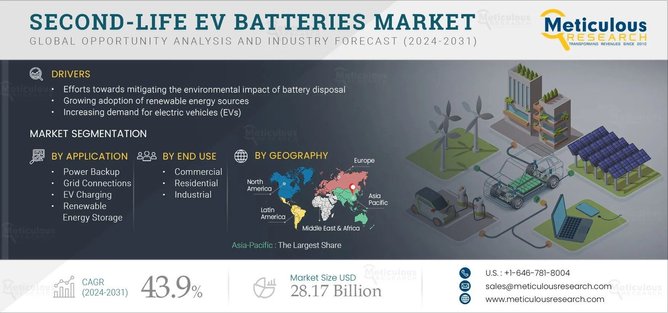Sustainable Mining for EV Materials: A Crucial Shift
Mia Anderson
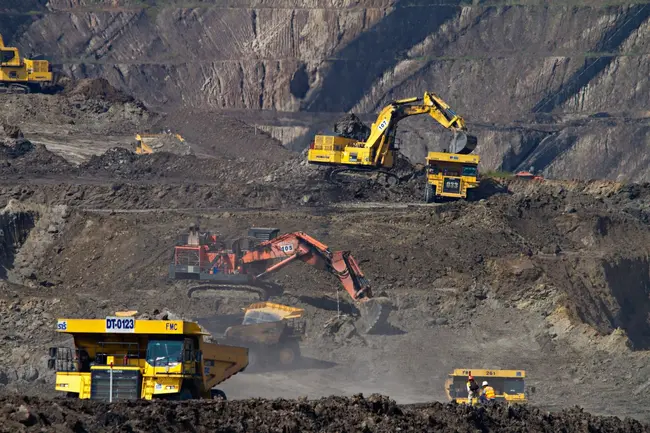
Photo: Sustainable Mining for EV Materials: A Crucial Shift
The electric vehicle (EV) revolution is advancing at a brisk pace, spurred by growing consumer demand for cleaner transportation and rising governmental regulations on emissions. Major automotive manufacturers are rolling out new EV models, and consumers are increasingly aware of the benefits these cars bring to the environment. However, as the EV market expands, so does the need for materials like lithium, cobalt, and nickel key elements that power EV batteries. Traditional mining methods cannot sustainably support this growing appetite for resources without significant environmental and social impact. Consequently, sustainable mining for EV materials has emerged as a vital concern, calling for collaborative efforts from governments, corporations, and communities to reduce harm while securing the metals necessary for a green energy transition.
The Growing Demand for EV Materials
In recent years, global EV sales have skyrocketed, reflecting both consumer enthusiasm and governmental push toward cleaner transportation. As a result, various resources used in battery manufacture are in high demand. For instance, lithium-ion batteries rely heavily on lithium and cobalt, alongside metals such as nickel, manganese, and graphite. These raw materials are often found in geologically sensitive regions where extraction poses environmental and social risks.
Moreover, the lifecycle of EV batteries depends on the continuous supply of these scarce metals. Shortages or unethical sourcing practices can hinder the widespread adoption of electric vehicles. Therefore, implementing sustainable mining initiatives is not just a temporary fix but a strategic move toward securing long-term availability of critical minerals while adhering to ethical and environmentally conscious standards.
Environmental Challenges in Conventional Mining
Habitat Destruction and Resource Depletion
Conventional mining operations frequently involve clearing vast tracts of land, including forested areas, to access mineral deposits. The disturbance of ecosystems can lead to the displacement or even extinction of local species. Additionally, aggressive extraction methods deplete finite resources, leaving behind large swathes of degraded land. Over time, this disruption can have a ripple effect on biodiversity, soil quality, and the stability of local food chains.
Water Usage and Pollution
Mining requires substantial water consumption for ore processing, dust suppression, and other operations. In many regions, water scarcity is already a pressing concern. Increased usage by mining companies can exacerbate these shortages, often leaving communities in conflict over water rights. Furthermore, wastewater discharge from mining activities can contaminate rivers and lakes, posing serious health risks to humans and wildlife. Heavy metals and other pollutants may leak into groundwater and surface water systems, triggering longer-term damage to ecosystems and local populations.
The Carbon Footprint of Mining
Despite the laudable goal of decarbonizing transportation, sourcing raw materials for EV batteries through conventional mining processes can produce significant greenhouse gas (GHG) emissions. The extraction, refining, and transportation of minerals often rely on fossil fuels. As a result, the environmental benefits of electric vehicles can be undermined if the supply chain remains heavily carbon-intensive. This paradox highlights the urgent need for innovative and cleaner extraction methods that mitigate the carbon footprint associated with acquiring EV battery components.
Principles of Sustainable Mining
Ethical Sourcing
One of the foundational elements of sustainable mining involves ethical sourcing of raw materials. Ethical sourcing programs require companies to trace minerals from the mine site to the factory floor, ensuring compliance with labor laws, fair wages, and safe working conditions. By embracing transparency in their supply chains, automakers and battery manufacturers can assure consumers that the materials in their vehicles are not linked to human rights abuses or environmental violations. Countries such as the Democratic Republic of Congo, which accounts for a large share of cobalt production, have been at the center of calls for increased oversight to prevent the exploitation of vulnerable populations in mining regions.
Recycling and the Circular Economy
Sustainable mining also extends beyond the point of extraction. A circular approach that recycles or repurposes EV batteries at the end of their life can reduce pressure on natural resources and limit waste generation. Known as “urban mining,” the process of recovering valuable materials from spent batteries and electronic devices has the potential to strengthen supply chains, lower production costs, and minimize the environmental footprint of battery manufacturing. Although recycling infrastructure varies by country, the push to develop robust facilities is intensifying, with governments and private enterprises recognizing its economic and ecological benefits.
Community Development and Local Engagement
Sustainable mining initiatives are most effective when they involve local communities in the decision-making process. Empowering people who live in mining regions fosters mutual trust and can lead to better outcomes for everyone involved. Companies that collaborate with local stakeholders to develop infrastructure, create job opportunities, and enhance public services can help mitigate the social and environmental challenges that mining often brings. Taking into account the perspectives of indigenous peoples and historically marginalized groups ensures that projects benefit the broader community and do not simply exploit local resources without equitable returns.
Overcoming Barriers and Embracing Innovation
Shifting toward sustainable mining for EV materials is complex and often costly, but forward-thinking companies recognize the long-term benefits for both profit and planet. Advances in technology, such as remote sensing and drone-based exploration, make it easier to identify mineral-rich zones without widespread land clearing. Innovations in extraction processes, including bioleaching using specialized bacteria, can reduce the use of harmful chemicals and lower emissions.
Moreover, investors and governments are increasingly placing a premium on ESG (Environmental, Social, and Governance) compliance, which compels mining companies to reevaluate their practices. For instance, many corporations now rely on artificial intelligence to optimize resource extraction, lower energy consumption, and predict the environmental impact of proposed mining operations. Governments, in turn, can establish frameworks that incentivize responsible sourcing, enforce stricter environmental regulations, and foster public-private partnerships to encourage cleaner mining solutions.
However, it is necessary to acknowledge that the path to full sustainability may still be fraught with practical hurdles. Smaller mining firms might struggle to fund expensive technologies or comply with rigorous standards, while countries heavily reliant on resource exports may resist imposing stricter environmental policies. The real challenge lies in balancing these competing interests, guiding the sector toward responsible mining without undermining economic growth or community welfare.
A Vision for the Future
A genuinely sustainable supply chain for EV materials requires a holistic approach, integrating policy reforms, technological breakthroughs, and ethical frameworks. Some experts advocate for stronger global governance, urging international bodies to develop binding rules that regulate mineral extraction for green technologies. Meanwhile, non-governmental organizations continue to highlight areas where improvements can be made, pushing companies to disclose information about their operations and supply chains.
Cross-industry cooperation is also essential. Automakers, battery manufacturers, and mining firms must share research findings, pool resources, and collaborate on standards that reflect best practices for sustainable mining. By doing so, they can combine expertise to effectively address the ecological and social challenges of mineral extraction.
Conclusion
The transition to electric vehicles presents a remarkable opportunity to reduce global carbon emissions and pave the way toward a cleaner future. However, without sustainable mining practices for essential EV battery materials, this shift risks transferring harmful environmental and social impacts elsewhere in the supply chain. By embracing ethical sourcing, recycling efforts, and responsible community engagement, the mining sector can transform its reputation and chart a path to a more equitable future.
Ultimately, sustainable mining for EV materials is more than a fleeting concern it is a crucial shift that demands coordinated efforts from policymakers, industry leaders, and consumers. An enduring solution depends on innovative technologies, robust regulations, and a universal commitment to do business ethically and responsibly. As momentum for green transportation continues to build, prioritizing sustainability in mining practices will serve as the foundation upon which the electric vehicle revolution truly succeeds.
Marketing
View All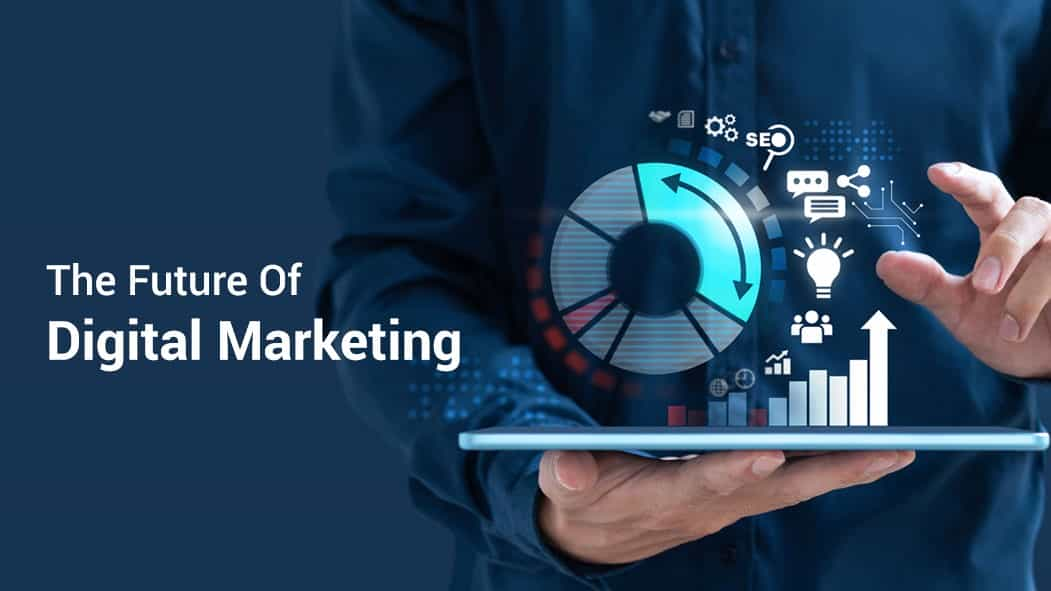
January 22, 2025
The Future of Digital Marketing RevealedExplore where digital marketing is headed in the next decade. From AI to VR, see what’s shaping the future of online marketing. Don’t get left behind!
Mia Anderson
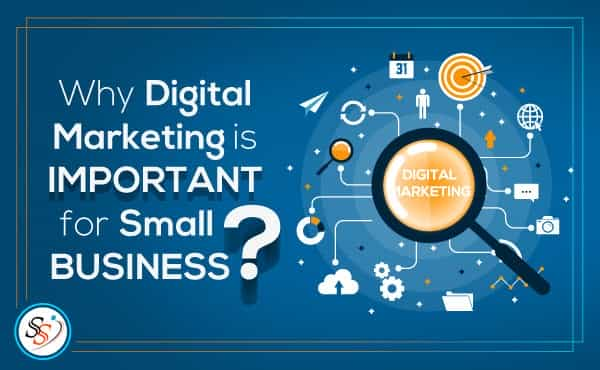
January 21, 2025
Why Digital Marketing is Vital for SMBsDiscover why small businesses must adopt digital marketing in 2024. Learn tips and tactics to compete in the digital age. Take your business online today!
Mia Anderson
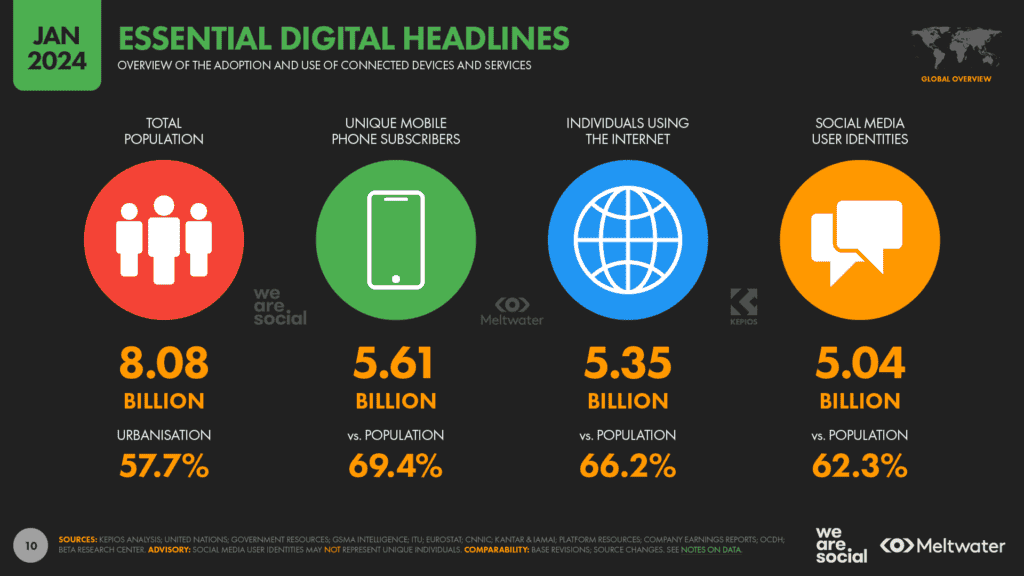
January 23, 2025
Social Media in Digital Marketing 2024Learn how social media is revolutionizing digital marketing in 2024. Boost your brand with actionable tips for viral campaigns!
Mia Anderson
Entertainment
View AllExplore the latest trends in fan fiction for 2024. Learn what fan fiction is, its impact on media, and why it’s a thriving creative outlet. Read now!
Mia Anderson
Discover the best streaming services of 2024 with our in-depth reviews. Find out which platforms offer the best value and why you should choose them. Read now!
Mia Anderson
Discover the top podcasting trends of 2024 and stay ahead in the industry. Learn how to leverage new insights click now to future-proof your podcast!
Mia Anderson
Unlock the secrets to an unforgettable movie trivia night with our ultimate guide. Get tips, trivia questions, and game ideas to boost your event's fun!
Mia Anderson
Automotive
View AllUnlock the secrets to getting top dollar for your car! Prep, price, and promote effectively.
Read MoreLearn how second-life EV batteries are helping reduce environmental impact by providing sustainable energy solutions.
Read MoreCompare trends in luxury and budget EV offerings. Find out which one suits your needs and budget in 2024.
Read MorePolular🔥
View All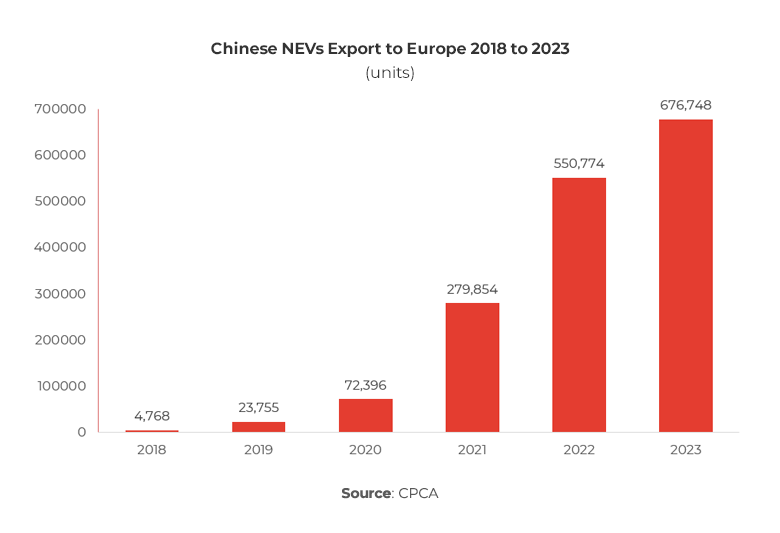
1
2
3
4
5
6
7
9
10
Technology
View All
September 15, 2024
Discover the Best Project Management Software of 2024
Discover the best project management software of 2024! Uncover top picks, latest trends, and expert reviews. Click now to streamline your projects!

December 10, 2024
Best Tech Gadgets for Remote Workers in 2024 – Don’t Miss These!
Boost your productivity with the top tech gadgets for remote work! Click to discover must-have tools to enhance your work-from-home setup.

August 29, 2024
Top SaaS Trends Shaping Business Success in 2024
Discover the latest SaaS trends revolutionizing businesses in 2024. Learn how these innovations can boost efficiency and drive growth. Read now!
Tips & Trick















